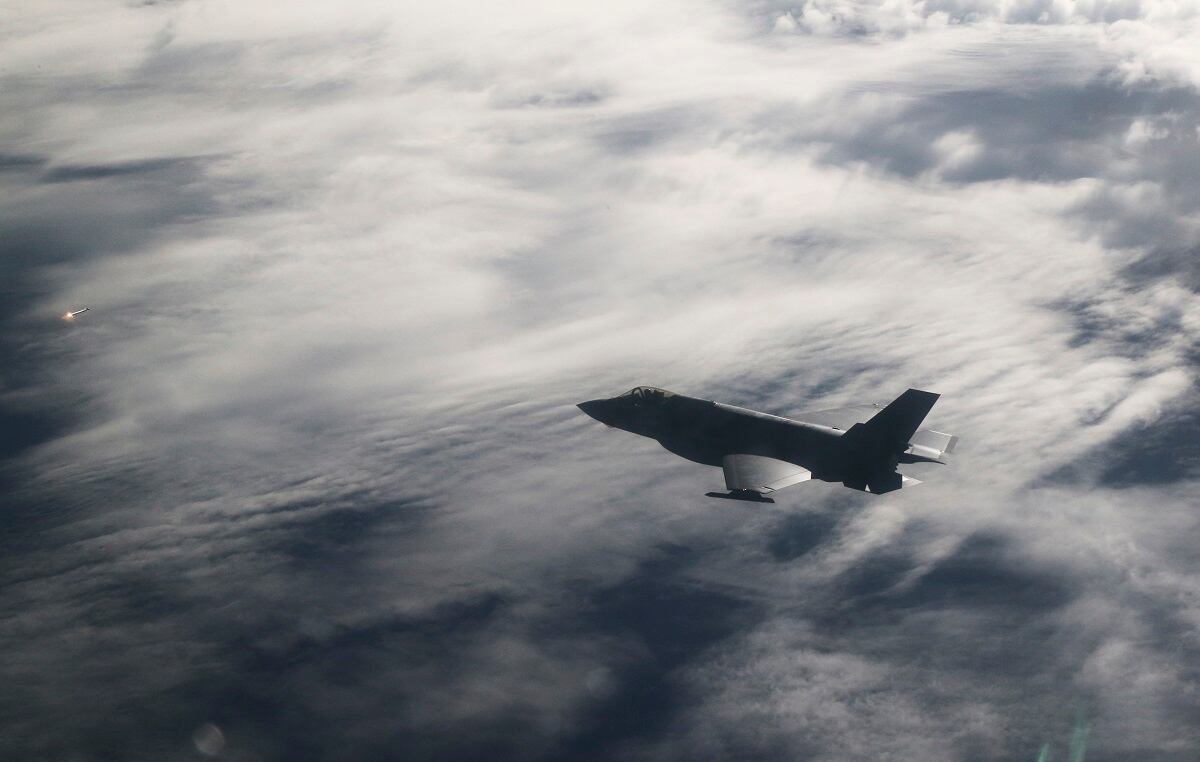Secretary of Defense James Mattis’ directive to reach 80 percent mission-capable rates across all tactical fighter fleets represents a major challenge. It is one we at Lockheed Martin fully support and embrace. American fighter jets are delivering exceptional capability for our men and women in uniform today, and we must ensure they are always mission-ready when it matters most.
The new direction has already served as a catalyst for positive momentum and partnership across the Department of Defense toward achieving the goal. Sustainment is not rocket science, but it is extremely complex and challenging. It will take strong, productive government and industry collaboration to be successful.
To achieve more readiness at less cost, sustainment must be enabled by high system reliability, predictive health monitoring, high-velocity supply chains, effective engineering support and condition-based maintenance approaches.
Innovative technology will help us get there. At Lockheed Martin, we are investing in advanced data analytics, robotic process automation, artificial intelligence and cognitive data fusion tools — and we’re applying them across our entire portfolio to include the F-35, F-22, F-16, C-130J and more. We’re starting to see these and other efforts paying off.
The F-35, for example, is heading in the right direction. F-35 reliability continues to improve, and newer aircraft are now delivering between 60 and 70 percent mission-capable rates. Additionally, the operations and sustainment cost per tail per year is coming down.
We recognize there is more to do.
We’re partnering with the U.S. government to accelerate its organic depot repair capacity and reduce repair turnaround times. We’re leveraging analytics to identify the parts and components we can enhance, recompete or second source to improve reliability, maintainability or supply chain capacity. We’re collaborating with the F-35 Joint Program Office to accelerate modifications for earlier aircraft to bring them up to the excellent reliability standards of newer F-35s. We’re integrating software suites to optimize spares levels and enable predictive analytics. And we’re investing in the ALIS infrastructure to improve user experience, lower maintenance labor and dramatically improve speed.
RELATED

But it’s not just the F-35, and it’s not just for the near term. Government and industry must work together to ensure all aircraft fleets will be mission-capable to support war-fighter demand today, and for decades to come.
While many think sustainment starts after aircraft delivery, sustainment actually begins the moment a requirement is written and design begins. We are aligning efforts across our design, development, production and sustainment teams to ensure mission readiness is at the forefront of everything we do.
At the end of the day, increasing readiness is about focusing on the flight line as our center of gravity. This means making the life of maintainers easier, faster and more effective. It means making parts that break less, and ensuring that when they do, it’s affordable, fast and simple to repair or replace. Because when it comes to readiness, minutes matter.
So whether it’s the F-35, F-22, F-16 or any other platform we support, this is our focus. We appreciate Secretary Mattis’ strong direction to ensure our men and women in uniform always have the very best capability and are mission-ready when it matters most — and we are prepared to support our customers every step of the way.
Bruce Litchfield is the vice president of sustainment operations at Lockheed Martin Aeronautics.






